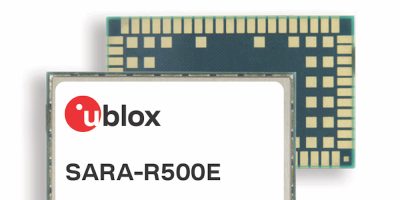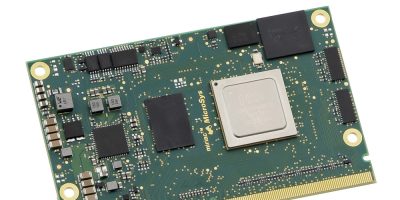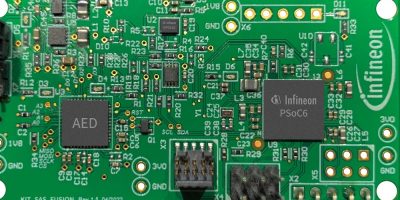For IoT applications space is limited, u-blox has developed the SARA-R500E LTE-M module with an embedded SIM (eSIM). It offers LTE-M connectivity in applications that need to be robust and secure, for example, connected healthcare and asset trackers.
Embedded SIMs are replacing the plastic SIMs typically found in mobile devices which connect the device to the cellular network. Like the plastic versions, eSIMs are provisioned with a profile that allows devices to connect to a specific mobile network operator.
The eSIM embedded in the SARA-R500E offers product developers and end users a number of advantages, said u-blox. For example, they are more robust than standard plastic SIMs and cannot be stolen or removed, increasing the security of the device. There is also no need for the components required to hold and connect plastic SIM cards which enable smaller devices, reduce the bill of material and simplify manufacturing. The SARA-R500E streamlines logistics by offering the module, data plans and the SIM from one source, added u-blox.
“SARA-R500E greatly simplifies logistics for device makers, as the eSIM is already integrated inside the module,” said Samuele Falcomer, product manager, product centre cellular at u-blox. All the customers have to do is activate connectivity, choose the data plan that best fits their needs via the u-blox Thingstream IoT service delivery platform. Particularly those customers that are too small to negotiate dedicated data plans with mobile network operators will benefit from a competitively priced offering,” he added.
Product developers can design tightly sealed devices that meet the demanding IP67 and IP68 criteria because the SARA-R500E module’s eSIM does not need to be inserted manually by the end user. As a result, the module is suitable for rugged IoT applications such as smart meters, surveillance cameras and environmental sensors.
The module also offers the option to access u-blox’s MQTT Anywhere service, which reduces bandwidth requirements for cellular data transfer, saving costs and power. U-blox’s IoT Location as a service portfolio, including AssistNow for real-time GNSS assistance data, and CellLocate, for cellular network-based positioning, is also available.
SARA-R500E is pin-to-pin compatible with all the other modules in the SARA family and uses the SARA-R5 AT command interface, making it easy to drop the SARA-R500E into existing designs.
First samples of the SARA-R500E will be available in September.
The first variant of the module will offer out-of-the-box connectivity on a North American LTE-M cellular network.







